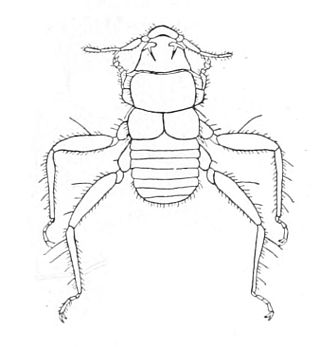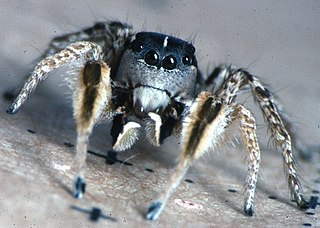A U-boot is a beer cocktail that is made by placing a shot of vodka into a glass of beer, typically a lager. It is popular in Germany, Poland, North Macedonia, and Flanders. In Germany, the liquor korn is sometimes used instead, while in Flanders and the Netherlands, jonge jenever is preferred.

An entomopathogenic fungus is a fungus that can kill or seriously disable insects.
Tarsali is a census town in Vadodara district in the Indian state of Gujarat.
Serbia is a southeastern European country.
Irenomys tarsalis, also known as the Chilean climbing mouse, Chilean tree mouse, or long-footed irenomys, is a rodent found in Chile, from about 36° to 46°S, and in adjacent Argentina, mainly in forests. It is a large, long-tailed, soft-furred mouse characterized by grooved upper incisors and specialized molars with transverse ridges, divided by deep valleys, which are connected by a transverse ridge along the midline of the molars.
The bukhalo is a type of large drum often used in dance music, particularly popular in Sorbia, Belarus, Russia, Western Ukraine and Balkan brass. It is fixed to the player with a belt so that the performer can also dance and move about when needed. The bukhalo is struck with a stick and often has a cymbal joined to the side of the instrument which is struck by a metal rod, or another cymbal, to produce unexpected rhythmic devices. The sticks are called bubinky. The one used to strike the drum is made of wood, and the one used to strike the cymbal is made of metal.

The Polyctenidae are a rarely collected family of parasitic bugs of the superfamily Cimicoidea. Polyctenidae species or bat bugs are obligate, hematophagous ectoparasites of bats. These insects are not to be confused with cimicid bat bugs, which are members of the family Cimicidae. A significant relationship appears to occur between the family groups and the species of hosts that indicates co-evolution and specialization.
Lasiothyris sorbia is a species of moth of the family Tortricidae. It is found in Brazil in the Federal District and Espírito Santo.

Mesosini is a tribe of longhorn beetles of the subfamily Lamiinae.
Sorbia is a genus of longhorn beetles of the subfamily Lamiinae, containing the following species:
Euclidia tarsalis is a moth of the family Erebidae found in Sri Lanka.
Sorbia affinis is a species of beetle in the family Cerambycidae. It was described by Stephan von Breuning in 1964. It is known from Borneo.
Sorbia laterialba is a species of beetle in the family Cerambycidae. It was described by Stephan von Breuning in 1939.
Sorbia sericans is a species of beetle in the family Cerambycidae. It was described by Stephan von Breuning in 1948.
Phyllophaga tarsalis is a species in the genus Phyllophaga, in the subfamily Melolonthinae . It is found in North America.
Pterostichus tarsalis is a species of woodland ground beetle in the family Carabidae. It is found in North America.

Habronattus tarsalis is a species of jumping spider in the family Salticidae. It is found in the United States and has been introduced into Hawaii.
Chrysotus tarsalis is a species of long-legged fly in the family Dolichopodidae.




